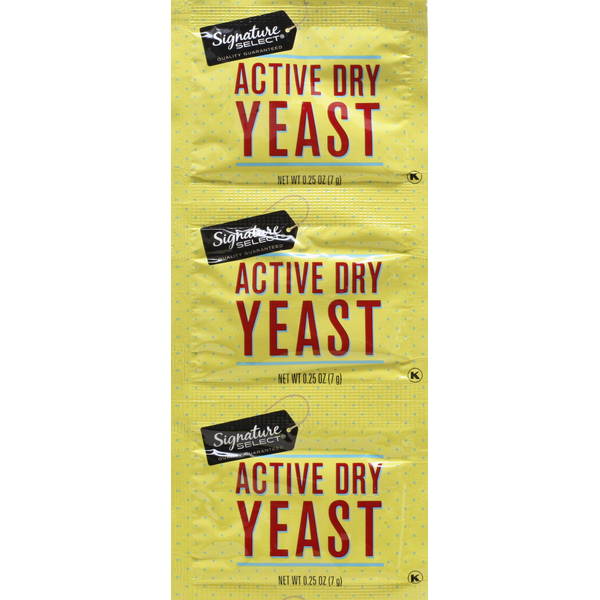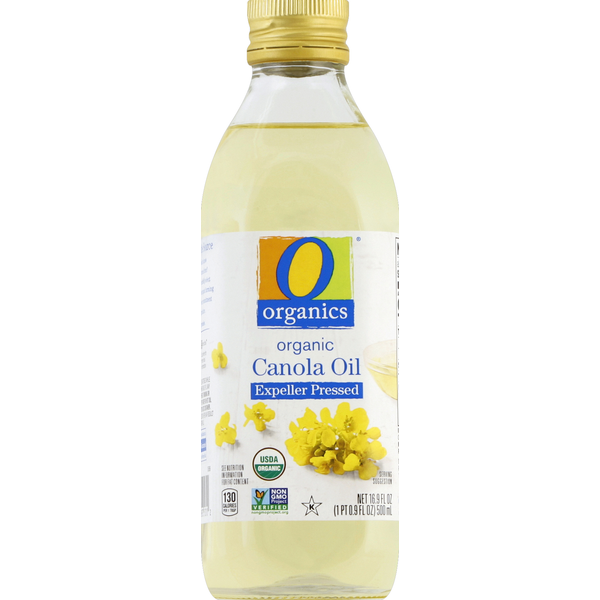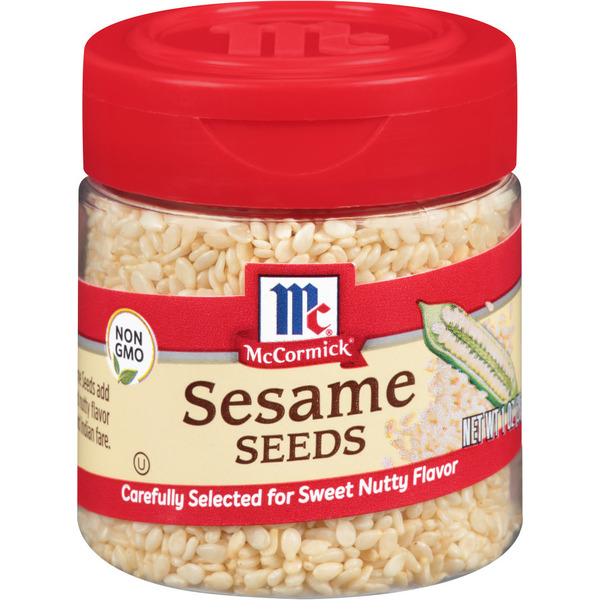
Challah Bread
This challah recipe comes from Artisan Bread in Five Minutes a Day: The Discovery That Revolutionizes Home Baking and is incredibly easy. I halved the full recipe and the recipe below makes two loaves of challah, one which can be baked after about 3 hours (first rise is two hours, second rise is 40 minutes). The other half of dough can be stored in the refrigerator for up to 5 days and baked off when you're ready. This is truly make-ahead dough and there's no kneading. It's extremely easy, fuss-free bread making, and great for anyone who's new to bread-making or challah-making. The challah turns out light, fluffy, almost croissant-like, with just a hint of sweetness and my Jewish husband approves. This was my first ever loaf of challah and I will use this recipe for a lifetime. The other half of dough, if you don't want to make a second loaf of challah with it, can be formed into dinner rolls or filled to make cinnamon buns.
What you need

tsp active dry yeast

extra large egg

cup canola oil

cup honey

tbsp salt

cup all purpose flour

sesame seed
Instructions
-1 Making the Dough - Add the water to a glass measuring cup or microwave-safe bowl and warm the water to temperature, about 30 seconds on high power. Using a thermometer, check the temperature. If you don't have a thermometer, when inserting your finger, it should feel warm but not hot. Add the water to the bowl of a stand mixer fitted with the paddle attachment. Sprinkle the yeast over the water and let stand for 5 to 10 minutes. -1 Add 2 eggs, honey, oil (or butter), salt to taste, and mix on low speed for about 2 minutes, until well combined. Remove the paddle, put on the dough hook, and add 3 cups flour. With the mixer on low speed, allow hook to fold in the flour; it will take a minute or two. Sprinkle in the remaining 1/2 cup flour and allow it to become just incorporated; don't move into actively kneading the dough; just incorporate the flour and turn mixer off. -1 Turn dough out into a lightly greased large mixing bowl (do not knead it), cover bowl with plastic wrap, and allow it to rise in a warm place until doubled in volume, about 2 hours. Punch dough down and either move on to the next step (baking it) or dough can be stored in refrigerator for up to 5 days before baking it later. If baking later, place all the dough into a large bowl or container with a lid, allowing the lid to remain slightly ajar so there is a tiny bit of airflow, and refrigerate dough until you are ready to move onto the next step, Baking Day. -1 Baking Day - You can move onto this step immediately after the 2-hour rise, or after the dough has been refrigerated for day(s). -1 Divide dough in half; set aside other for later or make two loaves now. If dough is sticky, use floured hands to work with it. Place dough on a Silpat Non-Stick Baking Mat , adding a bit flour if necessary, or place it onto a floured work surface. Divide dough into 3 equal portions. Roll each portion out into a 12-inch long cylinder. The dough is very springy and will want to recoil and shrink back but be patient and keep stretching it or rolling it, either with your hands, a rolling pin, or just stretching it out as best you can; previously refrigerated dough behaves better and has less of a mind of its own. -1 After you have 3 long cylinders about 1-inch each in diameter, place them on the baking mat and baking tray where you plan to bake them. Pinch one end of all three together and start braiding down, just like you're braiding hair. After you've reached the end, gently pinch off and tuck the ends underneath the loaf, just making it neat. Cover dough with plastic wrap and allow it to rise in a warm place for 40 minutes if using fresh dough, or for 1 hour 20 minutes if using previously refrigerated dough (even though my dough was fresh, I allowed it to rise for closer to 1 hour rather than just 40 minutes on the baking tray, placed on top of the preheating oven). Preheat oven to 350F midway through this rise. -1 Beat 1 egg and immediately prior to baking, brush egg wash all over loaf (I use about half of the egg as I don't want bread to get too 'eggy', just shiny). Sprinkle with optional sesame or poppy seeds (I use neither). Bake for 22 to 25 minutes, or until challah is a pale golden and set. The internal temperature should be ~190F however I judge by color. Allow bread to cool before slicing or pulling apart and serving. I store bread wrapped in plastic wrap, then placed in a ziptop food storage bag or in an airtight container at room temperature for up to 5 days or in the freezer for up to 3 months. -1 With the other remaining half of unbaked dough, it can be refrigerated for up to 5 days and then should be used; or it can be frozen and then thawed, and used. This dough may be used for more challah; raisins may be added, or used in dinner rolls, cinnamon rolls; or get creative with it.View original recipe